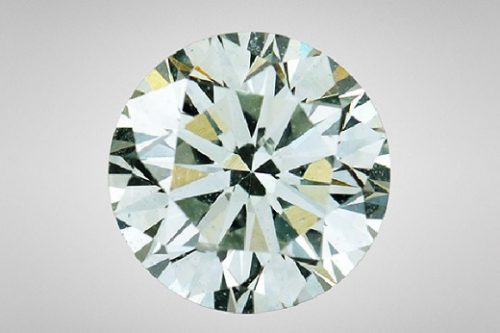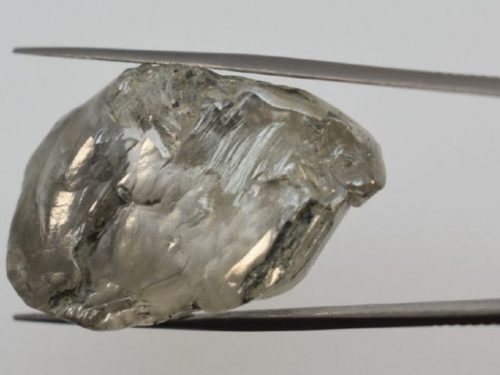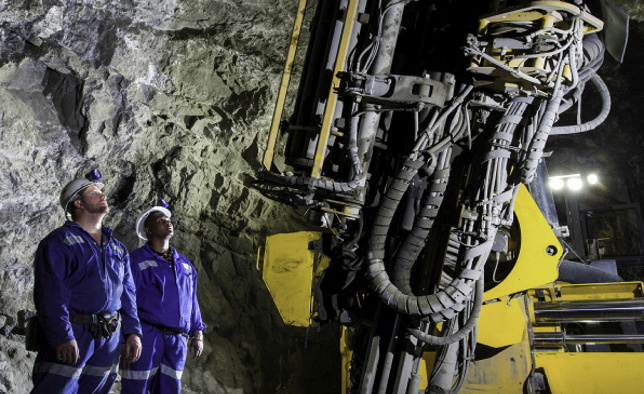
Twenty five undisclosed lab grown diamonds have turned up at the Gemological Institute of America (GIA) including several with a rare greenish color.
The GIA’s lab in Carlsbad, California, recently received the stones weighing from 0.46 to 0.52 carats for grading reports. They all proved to have been created using High Pressure High Temperature (HPHT), GIA senior research scientist Sally Eaton Magaña explained in a lab note published in the Spring 2019 issue of Gems & Gemology, the institute’s quarterly scientific journal.
While nine of the stones were colorless or near-colorless, eight had faint yellow green color, seven were faint green, and one was very light green. The coloring resulted from a high concentration of nickel, an impurity that’s common in HPHT, but rarely in large enough amounts to affect the color, Eaton Magaña explained. (In diamonds at large, nickel can cause a green hue.) GIA gemologists previously reported on a fancy deep yellowish green HPHT diamond in 2017, with nickel also the cause in that case.
“As laboratory grown diamond manufacturers continue to experiment with their recipes and the process further evolves, we will likely see greater quantities and a wider variety of color ranges,” Eaton Magaña wrote. The occasion also gave a rare opportunity to analyze a large dataset of similar but unusually colored HPHT diamonds, she noted.
The Spring edition of Gems & Gemology also reported on a natural diamond with a synthetic layer the second such case the GIA had seen in about two years.
Source: DCLA





